The ADA just released their Standards of Medical Care in Diabetes, newly revised for 2018 and you can see a summary at diabetesincontrol.com. This ADA series of contains 15 incredibly detailed position statements and covers specific topics of interest, including healthcare recommendations within certain age groups.
I started with a review of Section 12. Children and Adolescents: Standards of Medical Care in Diabetes—2018 due to my personal interest in children's issues and the fact that they are the ones largely without choice in their diabetes management.
I was pleasantly surprised to see so much focus on mental health screenings and the appropriate care, not only for the patient but the entire family. Also discussed were screenings for other related autoimmune disorders such as celiac, Addison's and autoimmune thyroiditis. This is all wonderful information that needs to be spread widely. Autoimmune clustering and mental health issues are both a huge concern within the diabetes community.
Unfortunately, that's where my praise ends.
What I was hoping would be different are the following recommendations:
(Everything within a quote below is taken directly from the ADA 2018 Standards of Care Series)
"An A1C goal of <7.5% (58 mmol/mol) is recommended across all pediatric age-groups."
Regarding dyslipidemia (High Cholesterol/triglycerides):
"Initial therapy should consist of optimizing glucose control and medical nutrition therapy using a Step 2 American Heart Association diet to decrease the amount of saturated fat in the diet."
"The American Heart Association categorizes children with type 1 diabetes in the highest tier for cardiovascular risk and recommends both lifestyle and pharmacologic treatment for those with elevated LDL cholesterol levels."
"Initial therapy should be with a Step 2 American Heart Association diet, which restricts saturated fat to 7% of total calories and restricts dietary cholesterol to 200 mg/day. Data from randomized clinical trials in children as young as 7 months of age indicate that this diet is safe and does not interfere with normal growth and development."
"After the age of 10 years, addition of a statin is suggested in patients who, despite medical nutrition therapy and lifestyle changes, continue to have LDL cholesterol >160 mg/dL (4.1 mmol/L) or LDL cholesterol >130 mg/dL (3.4 mmol/L) and one or more cardiovascular disease risk factors, following reproductive counseling and implementation of effective birth control due to the potential teratogenic effects of statins."
"Neither long-term safety nor cardiovascular outcome efficacy of statin therapy has been established for children; however, studies have shown short-term safety equivalent to that seen in adults and efficacy in lowering LDL cholesterol levels."
"The atherosclerotic process begins in childhood, and although ASCVD events are not expected to occur during childhood, observations using a variety of methodologies show that youth with type 1 diabetes may have subclinical CVD within the first decade of diagnosis."
Regarding diabetic complications such as retinopathy, nephropathy, and neuropathy:
"An ACE inhibitor or angiotensin receptor blocker may be considered and the dose titrated to maintain blood pressure within the age-appropriate normal range. The urine samples should be obtained over a 6-month interval following efforts to improve glycemic control and normalize blood pressure.
"Data from 7,549 participants <20 years of age in the T1D Exchange clinic registry emphasize the importance of good glycemic and blood pressure control, particularly as diabetes duration increases, in order to reduce the risk of diabetic kidney disease"
"Retinopathy (like albuminuria) most commonly occurs after the onset of puberty and after 5–10 years of diabetes duration."
"Diabetic neuropathy rarely occurs in prepubertal children or after only 1–2 years of diabetes, although data suggest a prevalence of distal peripheral neuropathy of 7% in 1,734 youth with type 1 diabetes and associated with the presence of CVD risk factors."
Regarding Type 2 Diabetes in Children:
"The Centers for Disease Control and Prevention published projections for type 2 diabetes prevalence using the SEARCH database—assuming a 2.3% annual increase, the prevalence [of type 2 diabetes] in those under 20 years of age will quadruple in 40 years."
"Evidence suggests that type 2 diabetes in youth is different not only from type 1 diabetes but also from type 2 diabetes in adults and has unique features, such as a more rapidly progressive decline in β-cell function and accelerated development of diabetes complications."
"In metabolically stable patients (A1C <8.5% and asymptomatic), metformin is the initial pharmacologic treatment of choice if renal function is >30 ml/min/1.73 m2."
"Youth with marked hyperglycemia (blood glucose ≥250 mg/dL [13.9 mmol/L], A1C ≥8.5% [69 mmol/mol]) without ketoacidosis at diagnosis who are symptomatic with polyuria, polydipsia, nocturia, and/or weight loss should be treated initially with basal insulin while metformin is initiated and titrated to maximally tolerated dose to achieve A1C goal."
"The general treatment goals for youth with type 2 diabetes are the same as those for youth with type 1 diabetes."
"Patients and their families must prioritize lifestyle modifications such as eating a balanced diet, achieving and maintaining a healthy weight, and exercising regularly."
"Bariatric or metabolic surgery may have similar benefits in obese adolescents with type 2 diabetes compared with those observed in adults. Teenagers experience similar degrees of weight loss, diabetes remission, and improvement of cardiometabolic risk factors for at least 3 years after surgery. No randomized trials, however, have yet compared the effectiveness and safety of surgery to those of conventional treatment options in adolescents."
So the gist of the ADA recommendation for kids is:
- Target A1c for kids is with both type 1 and type 2 diabetes is <7.5%
- Diabetic complications can be seen within 10 years after diagnosis (and even faster with type 2 kids)
- Kids should be eating the American Heart Association diet, which restricts saturated fat to 7% of total calories.
- Statins can be added for children 10 years of age and older, although this has not been proven safe
- Type 2 kids are directed to a 7-10% weight loss goal, metformin and insulin, if needed.
The ADA's pediatric A1c goal is incredibly high but many kids are not even close to achieving this goal.
Both type 1 and type 2 families are told to eat a "healthy diet," maintain a "healthy weight" and exercise in order to lower the average blood sugar level/A1c but they're not given the tools to do so.
The American Heart Association diet of high whole grains, along with low protein and fat DOESN'T WORK.
As the ADA stated above, the diabetes epidemic is growing every year. Previously, the ADA didn't even address type 2 in children because it wasn't a problem. Now they're recommending bariatric surgery to their most fragile little lives to help control something that is entirely controllable with a much easier and non-invasive lifestyle change: food
These poor kids are destined to a life of misery and slow death while following these recommendations.
Parents are told that diabetic complications start quickly and are inevitable, and they're not given the options to help their children.
If parents find the low carb approach to diabetes management on their own, they often have to go against standard medical advice to follow the low carb method of diabetes management. In fact, parents have been bullied and threatened by medical professionals, saying that low carb eating will stunt their child's growth, cause brain damage or even death.
That is simply not true.
Negativity is not a goal here at diaVerge, but focusing our anger and frustration, and putting it into action to create energy, drive, and promote change IS our goal.
You can read more about that in our diaVerge Manifesto.
Adults with type 1 and type 2 have the power to make their own decisions. It's the kids with diabetes and their parents that are muddling through these terrible ADA recommendations and really need our help.
They need to know that there are options for long term diabetes management. Tools for a better outcome with diabetes EXIST.
So with that in mind, here's your call to action:
1.) Spread the word about Dr. Bernstein's plan for diabetes management. Tell everyone you know what a difference this method has made in your life. Be gentle but consistent. Use stories of personal experience rather than telling people what to do.
- Tell your doctors and medical professionals- and not just your Endo, but your Ophthalmologist, your Podiatrist, your Physical Therapist, Chiropractor, Orthopedist and Dentist. If they ask what you've been doing to have such great success, and they're open to the concept of low carb, buy them a copy of the book or direct them to Dr. Bernstein's website and Diabetes University on YouTube. Large-scale change will start here with medical professionals.
- Tell the story of your experience to individuals who are struggling with the roller coaster of diabetes management. Not all will be receptive to the information and that's okay. Plant the seed and be there to help when it starts to grow. Many of our lives were changed in this way thanks to others. Now it's your turn to be the change maker.
If you have yet to buy Dr. Bernstein's Diabetes Solution book, you can purchase it from Amazon in either hardcover or Kindle version.
If you find yourself confused by the details of Dr. Bernstein's plan, or are having a tough time putting it into action in your life, we can help. Check out the diaVerge coaching page for more info.











Observations of a decade of low carb for T1D management. Has it been worth it? What are the regrets? And what has changed in that time.